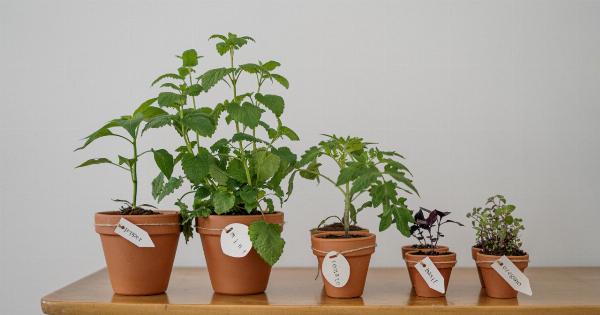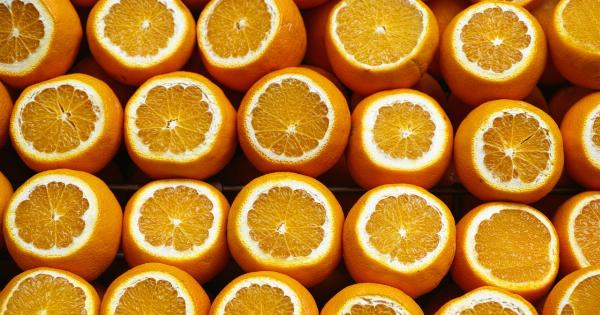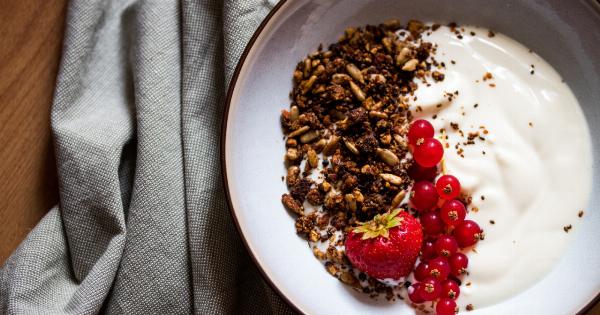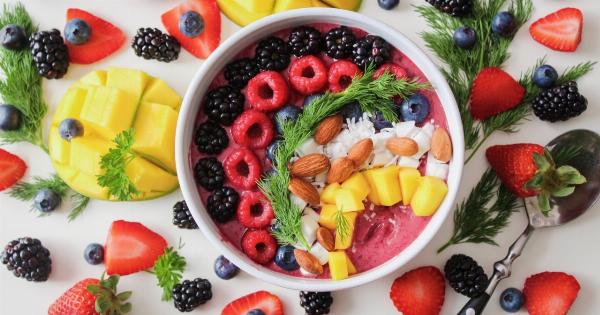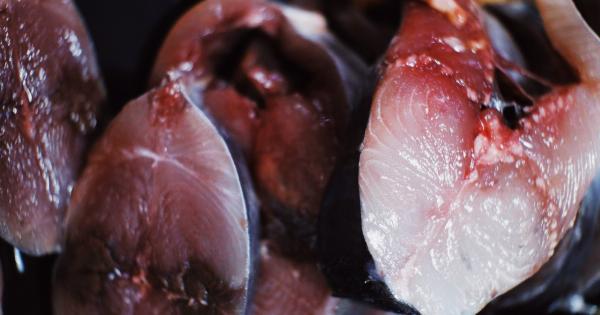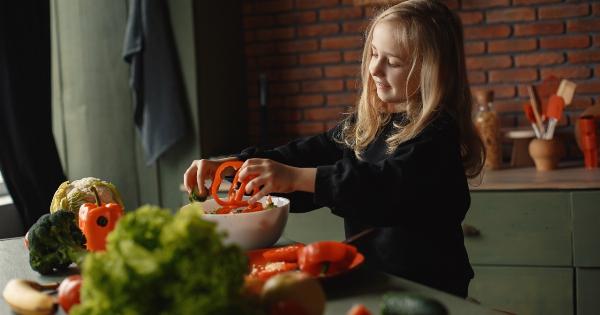Lung cancer is one of the leading causes of cancer-related deaths worldwide. In fact, according to the American Cancer Society, lung cancer accounts for more deaths than breast, colorectal, and prostate cancers combined.
While there are various treatment options available, prevention through a healthy lifestyle is the most crucial aspect of reducing the risk of developing lung cancer.
While there is no single “magic” food that can prevent or cure lung cancer, many studies suggest that certain foods and nutrients can play a significant role in reducing the risk of many cancers, including lung cancer.
In this article, we will focus on “red” foods that are rich in antioxidants, vitamins, and anti-inflammatory compounds that can help fight lung cancer.
1. Tomatoes
Tomatoes are one of the most popular “red” foods that are known for their anti-cancer properties. The vibrant color of tomatoes comes from a powerful antioxidant called lycopene, which has been shown to reduce the risk of lung cancer.
According to a study published in the journal Cancer Epidemiology, Biomarkers & Prevention, individuals who consumed high amounts of lycopene-rich foods, such as tomatoes, had a lower risk of lung cancer compared to those who consumed lower amounts of lycopene-rich foods.
In addition, tomatoes also contain vitamin C, vitamin A, and potassium, which can help support lung health by reducing inflammation and oxidative stress.
2. Red Bell Peppers
Red bell peppers are another “red” food that is rich in antioxidants and can help lower the risk of lung cancer.
Red bell peppers contain high amounts of vitamin C, which acts as a potent antioxidant and can help prevent cellular damage caused by free radicals.
In addition, red bell peppers are also rich in zeaxanthin and lutein, two carotenoids that have been shown to reduce the risk of lung cancer.
A study published in the International Journal of Cancer found that individuals who consumed high amounts of zeaxanthin and lutein had a lower risk of lung cancer compared to those who consumed lower amounts of these carotenoids.
3. Pomegranates
Pomegranates are a “red” fruit that is packed with antioxidants that can help fight lung cancer. Pomegranates contain a unique compound called punicalagin, which has been shown to have anti-inflammatory and anti-cancer properties.
In a study published in the Journal of Clinical Biochemistry and Nutrition, researchers found that pomegranate extract can inhibit the growth of lung cancer cells and induce apoptosis (cell death).
In addition, pomegranates are also rich in vitamin C and vitamin K, which can help support lung function and reduce inflammation.
4. Strawberries
Strawberries are another “red” food that is rich in antioxidants and can help prevent lung cancer. Strawberries contain high amounts of ellagic acid, a powerful antioxidant that has been shown to have anti-cancer properties.
A study published in the Journal of Agriculture and Food Chemistry found that ellagic acid can inhibit the growth of lung cancer cells and induce cell death.
In addition, strawberries are also rich in vitamin C, folate, and potassium, which can help support lung health and reduce inflammation.
5. Beets
Beets are a “red” root vegetable that is rich in antioxidants and can help lower the risk of lung cancer.
Beets contain a unique group of antioxidants called betalains, which have been shown to have anti-inflammatory and detoxifying effects.
A study published in the Journal of Agricultural and Food Chemistry found that betalains can inhibit the growth of lung cancer cells and induce apoptosis.
In addition, beets are also rich in vitamin C, folate, and potassium, which can help support lung function and reduce inflammation.
6. Red Apples
Red apples are another “red” food that is rich in antioxidants and can help prevent lung cancer. Red apples contain high amounts of quercetin, a flavonoid that has been shown to have anti-inflammatory and anti-cancer properties.
A study published in the European Journal of Cancer Prevention found that consuming high amounts of apple juice, which is rich in quercetin, can decrease the risk of lung cancer.
In addition, red apples are also rich in fiber, vitamin C, and potassium, which can help support lung health and reduce inflammation.
7. Red Grapes
Red grapes are another “red” food that is rich in antioxidants and can help lower the risk of lung cancer.
Red grapes contain high amounts of resveratrol, a polyphenol that has been shown to have anti-inflammatory and anti-cancer properties.
A study published in the International Journal of Cancer found that resveratrol can inhibit the growth of lung cancer cells and induce cell death.
In addition, red grapes are also rich in vitamin C and vitamin K, which can help support lung function and reduce inflammation.
8. Watermelon
Watermelon is a “red” fruit that is packed with antioxidants and can help prevent lung cancer. Watermelon contains high levels of lycopene, which has been shown to reduce the risk of lung cancer.
In addition, watermelon is also rich in vitamin C, which is a potent antioxidant that can help prevent cellular damage caused by free radicals.
Furthermore, watermelon contains cucurbitacin E, a compound that has been shown to have anti-cancer properties.
9. Cherries
Cherries are another “red” fruit that is rich in antioxidants and can help lower the risk of lung cancer.
Cherries contain high levels of anthocyanins, which are powerful antioxidants that have been shown to have anti-inflammatory and anti-cancer properties.
A study published in the European Journal of Cancer found that consuming high amounts of anthocyanins can decrease the risk of lung cancer.
In addition, cherries are also rich in vitamin C and potassium, which can help support lung health and reduce inflammation.
10. Radishes
Radishes are a “red” veggie that is packed with antioxidants and can help prevent lung cancer. Radishes contain high levels of anthocyanins, which have been shown to have anti-cancer properties.
A study published in the Journal of Medicinal Food found that radish extracts can inhibit the growth of lung cancer cells and induce cell death.
In addition, radishes are also rich in vitamin C and folate, which can help support lung function and reduce inflammation.
Conclusion
While there is no single “magic” food that can prevent or cure lung cancer, consuming a variety of “red” foods that are rich in antioxidants, vitamins, and anti-inflammatory compounds can help lower the risk of developing lung cancer. Incorporating these “red” foods into your diet can help support lung health and reduce inflammation, which are critical aspects of reducing the risk of lung cancer.






